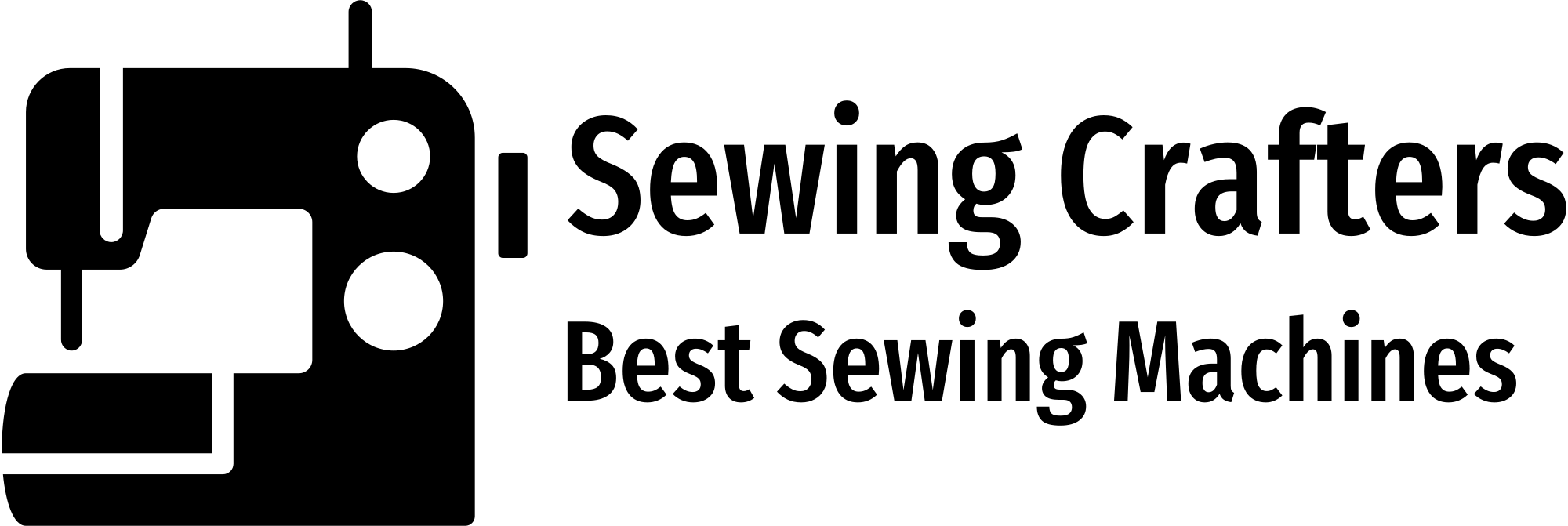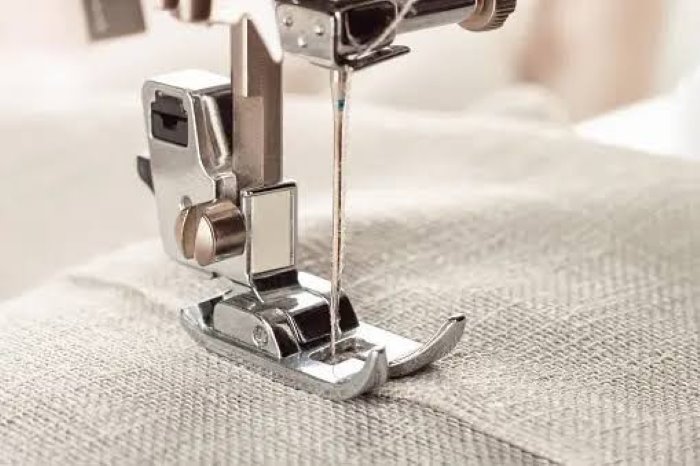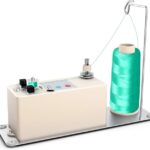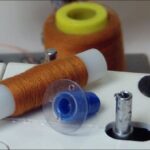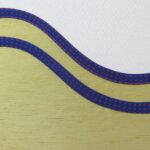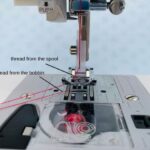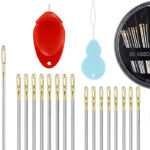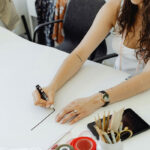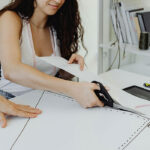Sewing can be an incredibly rewarding and creative hobby. Once you learn some basic techniques, you can sew beautiful garments, home decor items, accessories, and more! However, sewing may seem intimidating for beginners. Where do you start? What tools and materials do you need? How do you actually sew? In this article we talk about Best Sewing Techniques for Beginners In 2024-Step by Step Guide.
This comprehensive guide breaks down the essential sewing skills every beginner needs. Follow these sewing techniques step-by-step to get comfortable with your machine, sew basic stitches, and make simple projects. With some practice, you’ll be creating unique handmade items in no time!
Choose a Sewing Machine
Before learning fundamental sewing methods, invest in a quality sewing machine. As a novice, you don’t need anything too advanced. Look for the following features:
- Easy to use settings and stitches
- Basic built-in stitches including straight, zigzag, and buttonhole stitches
- Top loading bobbin
- Automatic needle threader
- Variety of presser feet like a zipper foot and buttonhole foot
Additionally, make sure the sewing machine uses standard sewing needles so replacements are easy to find. Test out machines at your local craft store to get a feel for ease of use. Having the right tools makes learning much simpler.
Essential Sewing Supplies
Aside from a sewing machine, gather basic supplies to support your learning:
- Sewing machine needles (variety of sizes)
- Thread (all-purpose and variety of colors)
- Rotary cutter, acrylic ruler and self-healing mat
- Scissors for fabric and thread
- Straight pins
- Hand sewing needles
- Seam ripper
- Measuring tape
- Iron and ironing board
Fabric and other project-specific materials (zippers, buttons, etc.) can be purchased once you start specific sewing patterns. Building a core toolkit helps set up success in your sewing journey.
Learn How to Thread Your Sewing Machine
One of the first techniques to learn is proper sewing machine threading. While all machines are slightly different, the process follows the same general path. Refer to your machine’s manual for specifics.
Here is how to thread a standard sewing machine:
- Start by raising the presser foot to release tension discs. This allows the thread to easily slip between discs.
- Place spool of thread on correct spool pin (usually top pin is for top thread). Secure in place with a cap or holder.
- Pull thread tail and feed it through the top thread guide from back to front.
- Continue moving thread to machine tensions discs. Thread should slip smoothly between the discs.
- Wrap thread around take-up lever from back to front.
- Finally, pull thread through needle bar threading guide.
- Use automatic needle threader on front of machine to pull thread through needle eye.
- Pull about 6 inches of thread to hang freely off the needle.
Take it slowly as you learn this process. With repetition, you’ll quickly thread a sewing machine with ease.
Sew Basic Stitches
Once comfortable threading up, it’s time to set your machine up to sew. Follow these steps to sew basic stitches:
- Select your fabric and desired thread color. Make sure fabric is at least 6 inches larger than project piece.
- Set machine to straight stitch setting, medium stitch length (2.5 mm).
- Place fabric under presser foot and lower foot lever.
- Hold thread tails gently with left hand and start sewing slowly across fabric. Guide fabric gently with hands.
- Sew a few inches then press reverse button or lever to back tack. This locks stitches in place.
- Raise presser foot and remove fabric, cutting thread tails.
Practice sewing straight lines and curves. Feel how the fabric moves under the feed dogs. When comfortable, switch to a zigzag stitch and experiment sewing different stitch widths and lengths.
Essential Pressing Techniques
Proper pressing is a vital technique in sewing. Follow these rules for best results:
- Always press fabric before cutting out a sewing pattern. Pressing eliminates folds and wrinkles providing a smooth surface to cut.
- Press along the grain line of fabric. Avoid extreme pulling or pushing which can stretch and distort fabric grain.
- Use steam while pressing but don’t allow fabric to become too wet. Too much moisture can negatively impact fabrics.
- For cottons and other woven fabrics, press seams open after sewing. This reduces bulk and lays flat.
- Use a press cloth when pressing delicate fabrics like silk or wool to prevent shine or imprints.
Take time to press projects after sewing each step. Good pressing makes sewing so much easier!
Learn to Sew a Straight Line
Sewing perfectly straight is an important skill for constructing professional-looking garments and items. As a beginner, take time to master straight line stitching by following tips:
- Use fabric marking tools to draw straight lines as a stitching guide
- Utilize machine presser feet like edge stitch feet or quilting guides
- Place tape on the machine bed aligned to needle to use as a thickness guide
- Go slowly, stopping periodically to adjust fabric back to straight
- Backstitch at both ends of the line for stability
Don’t get frustrated if lines aren’t perfect. With regular practice sewing straight lines improves significantly. Be patient with yourself as you build skills.
Easy Beginner Sewing Projects
Once you get the hang of basic sewing techniques, put skills into practice with simple projects. Easy beginner sewing ideas include:
- Square or rectangular pouches
- Tote bags or zipper pouches
- Pillows or cushions
- Pajama pants or totes
- Simple skirts without zippers or buttons
- Aprons or chef hats
- Blankets, throws or quilts
The key is starting with items that allow you to practice straight lines and basic stitches without advanced skills. Utilize basic patterns with less shaping for best success. Check pattern descriptions to confirm what beginner level means for that company. Building confidence is so important!
Continue Learning Sewing Skills
Learning to sew takes time and practice but mastering beginner techniques gets you well on your way. Use the above guide to help build a firm foundation. As you continue to gain experience, add skills like:
- Installing zippers and buttons
- Working with trickier fabrics like silks, knits and velvet
- Learning to read and manipulate commercial sewing patterns
- Creating clothing that properly fits your body
- Quilting and embroidery
- Tailoring and alterations
Sewing offers immense creativity and satisfaction. Follow the above beginner techniques then keep expanding what you can create. In no time you’ll have a treasured handmade wardrobe and home.
Conclusion
The best way to start sewing is by learning essential techniques like machine threading, stitching basics, pressing methods and easy beginner projects. Mastering these fundamentals gives you skills and confidence to keep advancing your hobby. Use the step-by-step beginner guide above to help start your rewarding sewing journey. I sincerely hope you find this “Best Sewing Techniques for Beginners In 2024-Step by Step Guide” article helpful.
